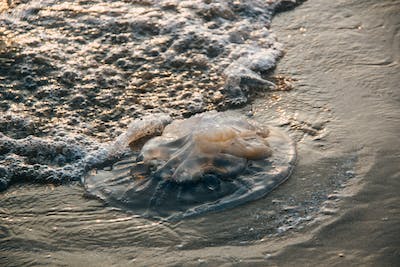The South in Israel conjures up images of the desert – the Negev and the Judean deserts, miles upon miles of desert with Eilat at the end as a modern oasis in the sea of sand.
So to clear up the first misconception, there is very little sand here, it is much more rocky, and although it has many large empty areas there are also significant examples of making the desert bloom as per Ben Gurion’s vision (the first Prime Minister of Israel and a great visionary of utilizing the desert).
Things to do in Eilat (and there’s a lot of them!)
There are some significant tourist sites: Dead Sea, Masada, Sede Boker, Ramon Craters, Timna Park and Ein Avdat to mention but a few. Of course, there really is Eilat at the end of the road. It does appear as a modern oasis in an ancient desert, and offers a real vacation resort. It also has water sports, desert treks, a Dolphin Reef (where you can view and swim with the dolphins) and coral reef diving.
But for those who don’t wish to dive but still wish to see the sea life, there is the Underwater Observatory Marine Park in Eilat. It allows you to explore the depths of marine life without actually plunging into the Red Sea, where the park is built on. One of the popular tourist sites not just in the region but in the entire Israel, the Underwater Observatory Marine Park also serves as a informational center and a place to conduct research on marine life
You can also have the opportunity to visit Petra, in neighboring Jordan, from Eilat! Eilat is a perfect starting point for touring around and inside the rose-colored ancient city and now UNESCO World Heritage Site. There are one-day and two-day tours that come complete with daily departures.
Shopping is also a popular activity in Eilat, as the city is a “tax-free” zone. You can see several shops of many kinds, from open-air bazaars at the promenade to large air-conditioned malls, selling both local Israeli and international products.
Getting to and around Eilat
It is no longer necessary to travel by camel (although you will still see a few) – there are roads. The most significant is Road 90. Please be careful, although the distances are not large in European terms, the roads are mainly single lane and the combination of heat, long tedious straight sections and some freight lorries make these fairly accident prone roads. You will for the same reason; often see police speed traps and patrol vehicles out and about. After rain, the sections of the road may be closed, so please do not ignore the closures – the flooding can sometimes become very dangerous. In the best case you will be hauled out by a helicopter.
If you happen to be around after significant rain; take a desert trip and see some of the flash floods and how the desert changes color.
